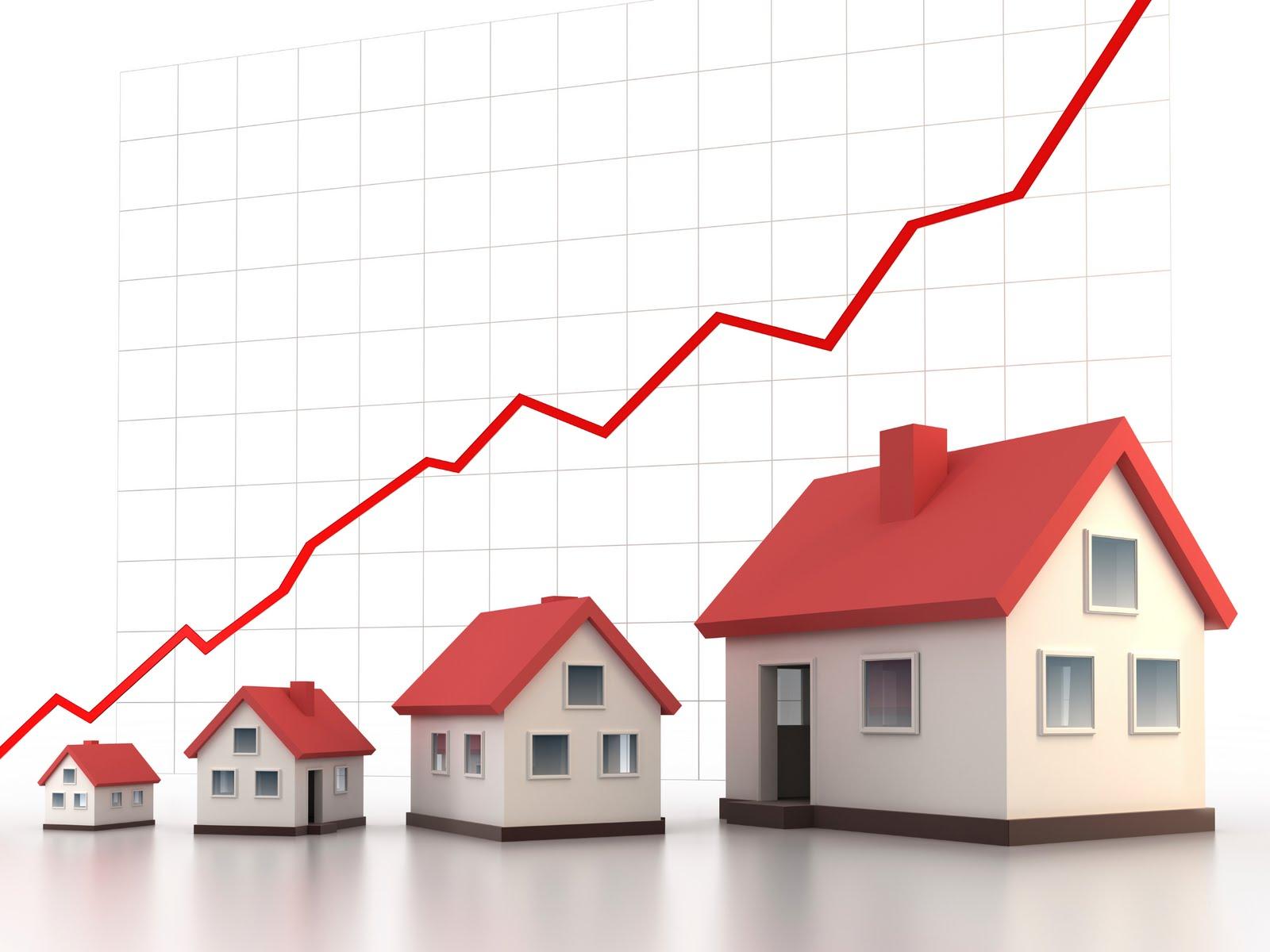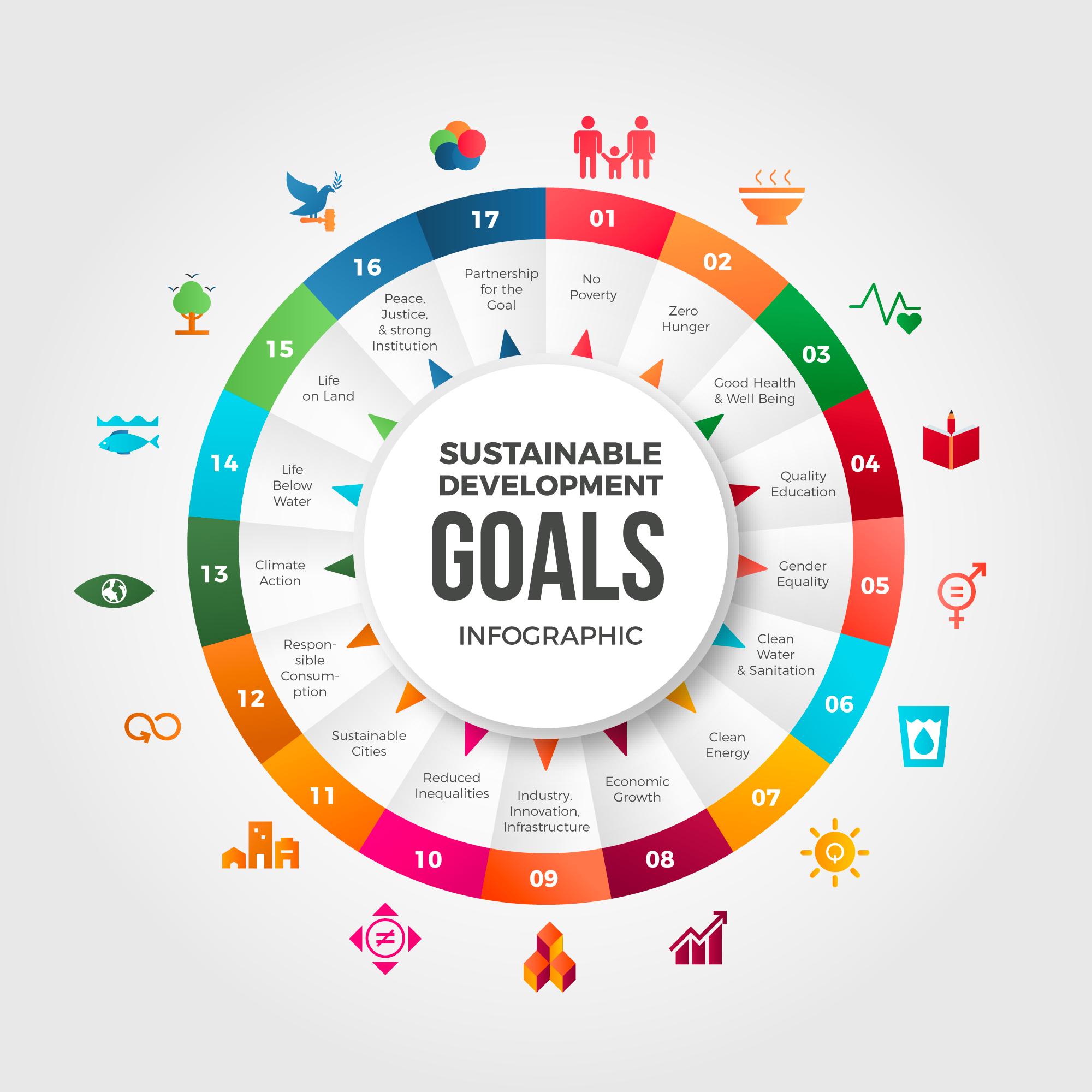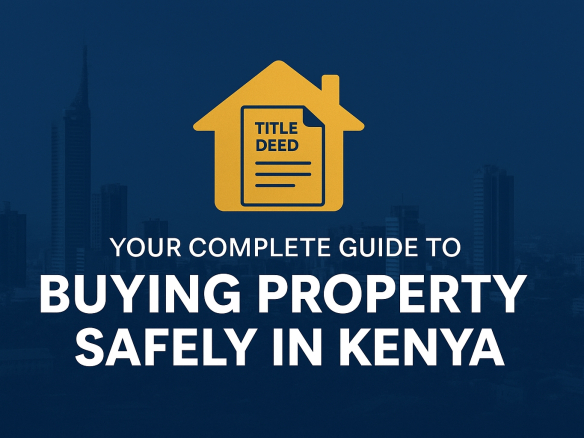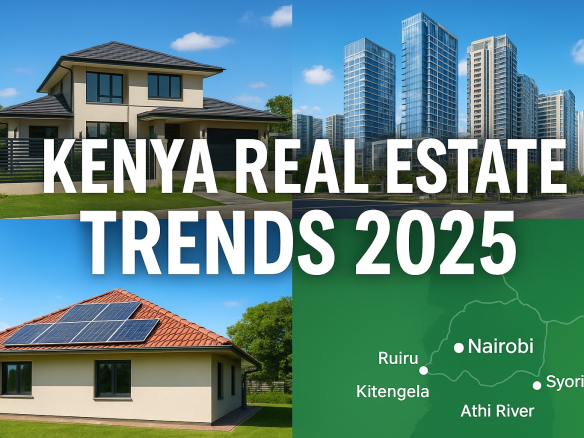Kenya Real Estate Market: 2025 Outlook on Commercial, Residential & Agricultural Properties
Kenya’s real estate market is one of the most dynamic in Africa. From commercial properties in Nairobi’s business hubs, to residential estates in fast-growing satellite towns, and expansive agricultural land in high-potential counties, property remains a key driver of investment and economic growth.
This article breaks down supply and demand trends across the commercial, residential and agricultural property segments, providing insights for investors, developers and policy makers.
1. Overview of Kenya’s Real Estate Market
Key Drivers: Rapid urbanization, population growth, new infrastructure (expressways, SGR, bypasses), and a growing middle class.
Investment Hotspots: Nairobi’s Upper Hill and Westlands for offices; Machakos, Kiambu and Kajiado for residential estates; Rift Valley counties for large-scale agriculture.
Regulatory Environment: The Affordable Housing Programme, digitized land registries and tax reforms are reshaping the market.
2. Commercial Property Market in Kenya
Kenya’s commercial property segment is diverse, spanning offices, retail malls and industrial parks.
Office Space: Oversupply of Grade A & B offices in prime areas has led to competitive rents and flexible leases.
Retail Sector: Malls have spread beyond Nairobi to secondary cities like Nakuru and Eldoret; tenant mixes are evolving due to e-commerce.
Industrial & Logistics Parks: Demand for warehousing and logistics space is rising, fueled by manufacturing, e-commerce and regional trade (e.g. Tatu Industrial Park).
Supply vs Demand: Offices and retail show excess supply; industrial/logistics space shows a supply gap — an opportunity for developers.
3. Residential Property Market in Kenya
The residential sector dominates the real estate landscape.
Affordable Housing Demand: Urban population growth exceeds 4% annually; the government targets 250,000 units per year under the Affordable Housing Programme.
Satellite Town Boom: Kitengela, Athi River, Ruiru and Juja benefit from improved transport and lower land prices.
Luxury Segment: Concentrated in Karen, Runda and Lavington; demand softening due to economic pressures.
Supply vs Demand: Shortage of affordable housing; oversupply in high-end apartments.
4. Agricultural Land Market in Kenya
Agricultural land remains central to Kenya’s economy.
Investment Appeal: Agribusiness, horticulture, dairy and emerging crops attract local and foreign investors.
Land Fragmentation: Smallholder subdivision limits economies of scale but creates out-grower opportunities.
Infrastructure & Export Markets: New roads, irrigation and proximity to ports/airports increase land values.
Supply vs Demand: In fertile counties like Uasin Gishu and Trans-Nzoia, large contiguous tracts are scarce and prices are rising.
5. Factors Influencing Supply and Demand Across All Segments
Infrastructure Development (expressways, bypasses, commuter rail).
Interest Rates & Financing (mortgage access and developer finance).
Regulatory & Tax Policies (land laws, property taxes, incentives).
Economic Growth & Employment (job creation drives property demand).
Demographics (youthful population and urban migration).
6. Opportunities and Risks for Investors
Opportunities:
Build-to-rent and affordable housing developments
Logistics and warehousing facilities
Mixed-use projects combining residential, retail and office
Agribusiness parks and value-addition facilities
Risks:
Regulatory changes and delays
Over-supply in high-end segments
Infrastructure gaps in emerging counties
Title disputes or unclear land tenure
7. Outlook: 2025 and Beyond
Commercial: Office market remains tenant-favourable; industrial/logistics grows.
Residential: Affordable and mid-income housing dominates; luxury recovers slowly.
Agricultural: Large-scale farming and agribusiness hubs attract investors; public-private partnerships may rise.
FAQs on Kenya’s Real Estate Market
1. What drives Kenya’s real estate market growth?
Urbanisation, infrastructure development, population growth and investor demand across all segments.
2. Where are the best areas to buy commercial property in Kenya?
Nairobi’s Upper Hill and Westlands for offices; Mombasa Road, Athi River and Tatu for industrial/logistics parks.
3. What is the demand for affordable housing in Kenya?
The annual housing deficit is estimated at over 200,000 units, mostly in low and middle-income brackets.
4. How is agricultural land priced in Kenya?
Prices vary by county, fertility, infrastructure and size. Large tracts in high-potential areas are scarce and expensive.
5. Is now a good time to invest in property in Kenya?
Yes, especially in affordable housing, logistics/warehousing and agribusiness. Conduct due diligence on titles and market demand.
6. How is the supply of office space in Nairobi?
Currently oversupplied, leading to competitive rents and flexible leasing terms.
7. What are the top satellite towns for residential investment?
Kitengela, Athi River, Ruiru, Juja, Thika, and Machakos are experiencing strong growth.
8. What financing options are available for property buyers?
Banks, SACCOs, mortgage firms and developer instalment plans offer financing, though mortgage uptake remains low compared to global averages.
9. How does infrastructure development affect property values?
New roads, commuter rails and expressways open up previously remote areas, driving up land and property values.
10. Are property prices in Kenya expected to rise in 2025?
Affordable and mid-income housing and logistics properties likely to appreciate; high-end residential and office segments may remain flat.
11. What risks should investors watch in Kenya’s real estate market?
Title disputes, regulatory changes, over-supply in luxury segments, and infrastructure delays.
12. Can foreigners buy property in Kenya?
Yes, but with restrictions: foreigners can only hold leasehold titles (usually 99 years) and must comply with land control regulations.
13. How is the retail property sector performing?
Expanding to secondary cities but tenant mixes are shifting due to e-commerce and consumer trends.
14. What’s the outlook for agricultural land investment?
Strong, especially in counties with good infrastructure and high-value crops; demand outstrips supply of large tracts.
15. How does government policy affect the real estate market?
Affordable Housing Programme, digitised land registry, new property taxes and incentives shape supply and demand.
16. What due diligence should buyers do before purchasing property?
Verify title deeds, zoning, land rates, encumbrances, and ensure the seller is the rightful owner.
17. How is the luxury residential segment performing?
Soft demand and slower absorption due to economic conditions, but long-term prospects remain stable in prime locations.
18. What are mixed-use developments and are they viable in Kenya?
Projects combining residential, retail, office and sometimes hospitality. They’re gaining traction in urban centres for convenience and cost-efficiency.
19. How can small investors participate in Kenya’s property market?
Through real estate investment trusts (REITs), joint ventures, SACCO plots, or fractional ownership schemes.
20. Are there emerging property hotspots outside Nairobi?
Yes. Nakuru, Eldoret, Kisumu, Naivasha and coastal towns are attracting developers due to new infrastructure and economic activity.
Kenya’s real estate market remains vibrant but segmented. Oversupply in high-end offices and luxury apartments contrasts with strong unmet demand for affordable housing, logistics space and fertile agricultural land. Understanding supply and demand trends and aligning with infrastructure and demographic shifts enables investors to identify opportunities and manage risks.
Market Dynamics and Key players in Kenya’s Real estate Sector
To truly grasp the intricacies of Kenya’s real estate sector, one must delve into the evolving market dynamics that influence property demand and supply. Several factors contribute to the shifts in this landscape, including economic growth, urban migration, and changes in consumer preferences. As cities expand and populations increase, infrastructure development becomes crucial. The push towards sustainable living has also given rise to eco-pleasant residential and commercial spaces that cater to environmentally conscious buyers. Key demographics such as millennials are driving demand for innovative housing solutions that blend affordability with modern living amenities.
Within this vibrant sector, various stakeholders play pivotal roles in shaping the market’s trajectory. Developers spearhead projects, while investors seek lucrative opportunities amidst the competitive terrain. Additionally, government policies and regulations significantly impact real estate activities, often aimed at fostering growth and addressing housing deficits. Understanding these dynamics requires keeping an eye on localized trends and shifts, as both urban and rural areas display unique property characteristics. Below is a glimpse of key players and their contributions:
| Key Players | Contribution |
|---|---|
| Developers | Construct and innovate residential and commercial properties. |
| Real Estate Agents | Facilitate transactions and provide market insights. |
| investors | Provide capital and drive market trends through investment decisions. |
| Government Bodies | Set policies that regulate the market and promote growth. |

Emerging Trends Shaping Property Investment Decisions in Kenya
In recent years, the Kenyan property market has undergone significant transformations, influenced by a combination of economic factors and shifting consumer preferences. One of the most notable trends is the increase in demand for sustainable and eco-friendly developments. Investors are increasingly drawn to projects that prioritize environmental conservation, using green building materials and energy-efficient designs. Furthermore, the rise of technology in real estate is revolutionizing how properties are marketed and managed, with virtual tours and drone photography becoming standard practices to enhance visibility and attract potential buyers.
Another critical trend is the movement towards mixed-use developments, which combine residential, commercial, and recreational spaces into cohesive community environments. This approach aims to foster vibrant neighborhoods that cater to modern urban lifestyles, encouraging walkability and reducing reliance on vehicles. Additionally, the rise of remote work has spurred interest in properties outside major urban centers, as buyers seek affordable homes in tranquil settings that still offer good connectivity. Such shifts are driving investors to re-evaluate conventional locations and consider emerging markets that promise high growth potential.
| Trend | Description | Impact on Investors |
|---|---|---|
| Sustainable Developments | Focus on eco-friendly construction and energy efficiency. | Attracts environmentally conscious buyers, potentially increasing long-term value. |
| Mixed-Use Developments | combines different functions within one property. | Increases foot traffic and community engagement, enhancing rental income. |
| Remote Work Influence | shift towards properties in suburban or rural areas. | Opens up new investment opportunities in previously overlooked regions. |

Sustainable Development and Its Impact on Real Estate Practices in Kenya
In recent years, Kenya has emerged as a beacon of progress, aligning its real estate practices with the principles of sustainability. This shift is not merely a response to global environmental trends; it is a crucial adaptation to the local context, where challenges such as urbanization, population growth, and climate change pose significant risks. Developers are increasingly incorporating green building practices, which not only help mitigate environmental impacts but also improve the long-term viability of their projects. This has led to a remarkable focus on energy-efficient designs, rainwater harvesting systems, and sustainable materials that cater to the region’s unique climate and resource availability. The following elements stand out as game changers in enhancing sustainability in the sector:
- Community Engagement: Developing projects in consultation with local communities ensures that their needs and perspectives are integrated.
- Smart Technology: Use of smart systems for energy management and waste reduction.
- Innovative Financing: Green financing options are making it easier for developers to pursue eco-friendly projects.
Moreover, the regulatory landscape in Kenya has begun to reflect this commitment to sustainable development. The government has introduced policies that incentivize developers to prioritize eco-friendly practices, further driving the demand for green buildings. Investment in affordable housing projects that adhere to sustainability principles has also gained momentum, as developers recognize the dual prospect of meeting housing needs while reducing environmental burdens. A comparison of traditional versus sustainable real estate practices highlights this evolution:
| Traditional Practices | Sustainable Practices |
|---|---|
| Focus on short-term gains | Emphasis on long-term value |
| High energy consumption | Energy-efficient designs |
| Minimal community engagement | Community-inclusive projects |
| Environmental disregard | Eco-friendly materials and technologies |
as the real estate sector in Kenya embraces these sustainable practices, it not only aligns itself with global standards but also ensures responsible stewardship of resources for future generations. The convergence of innovation and environmental mindfulness promises a conversion that holds great potential for both the market and society.
Strategic Recommendations for Kenya’s Real Estate opportunities
| Focus Areas | Strategies |
|---|---|
| Technology Integration | Utilize data analytics tools for market insights |
| Local Partnerships | Collaborate with local agents for deeper insights |
| Regulatory Compliance | Stay updated with zoning and taxation policies |
| Affordable Housing | Engage in government incentives programs |
| Sustainability Trends | Implement eco-friendly practices in developments |




Join The Discussion